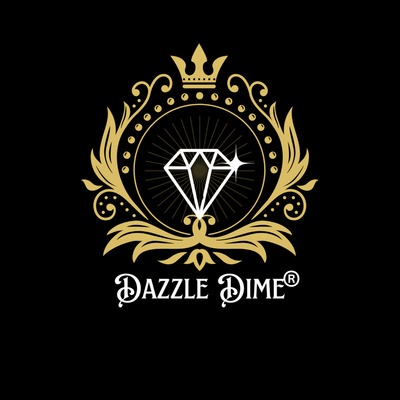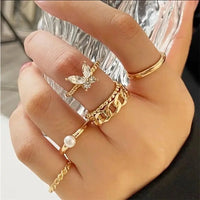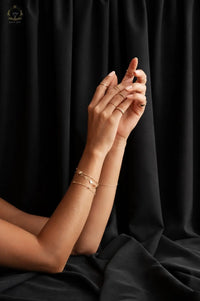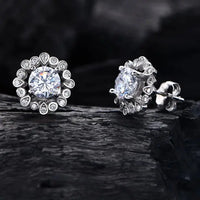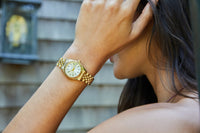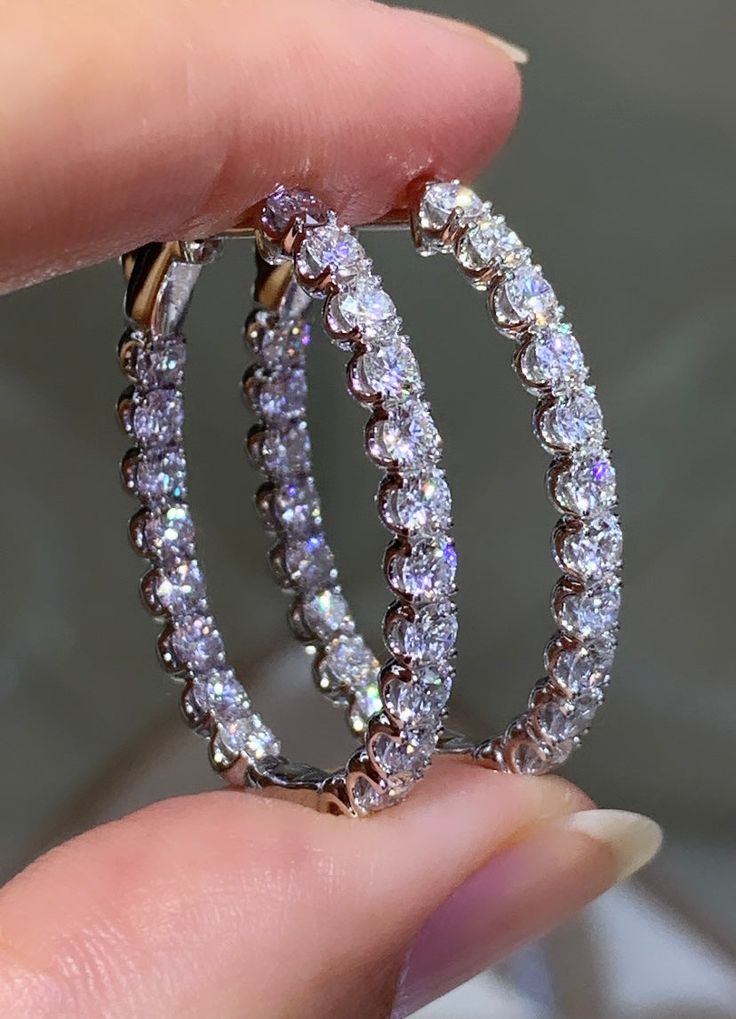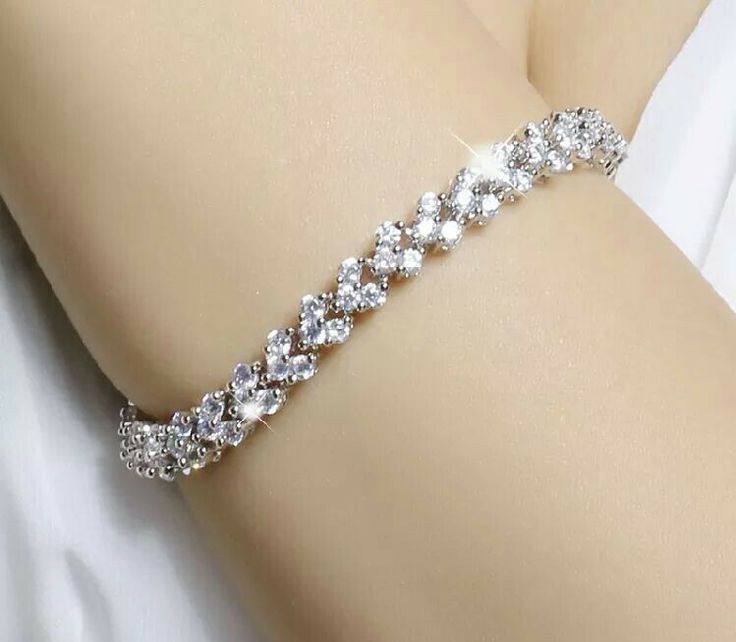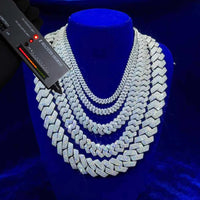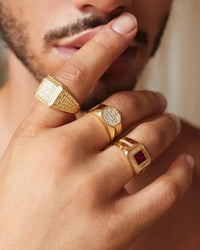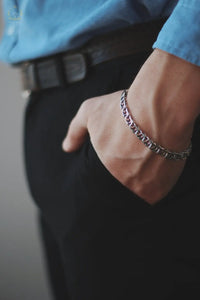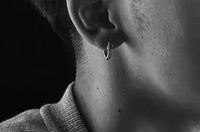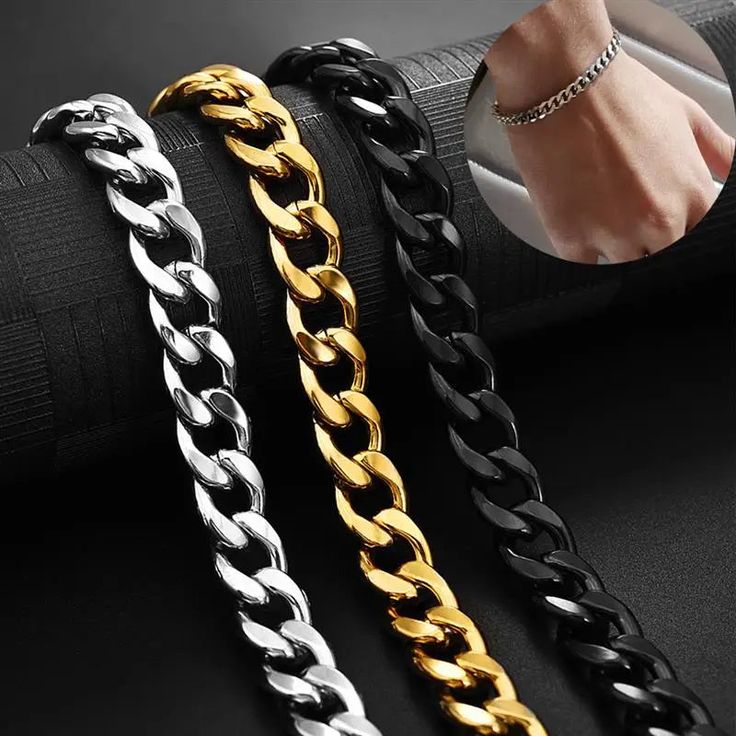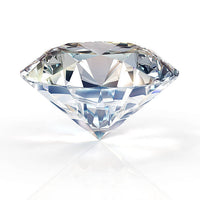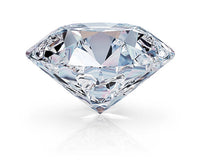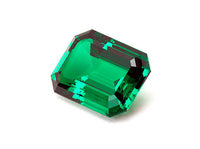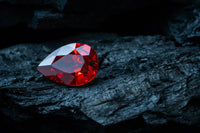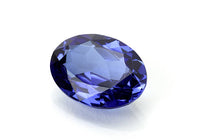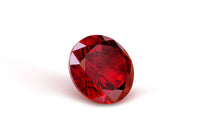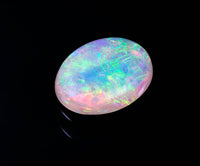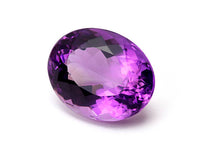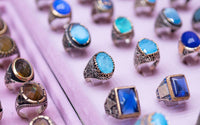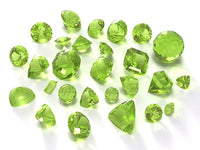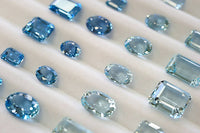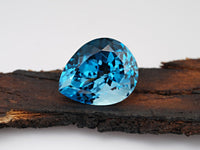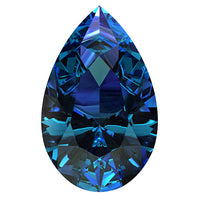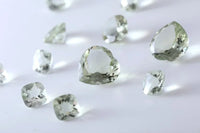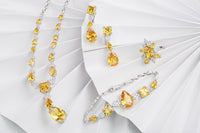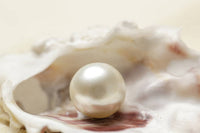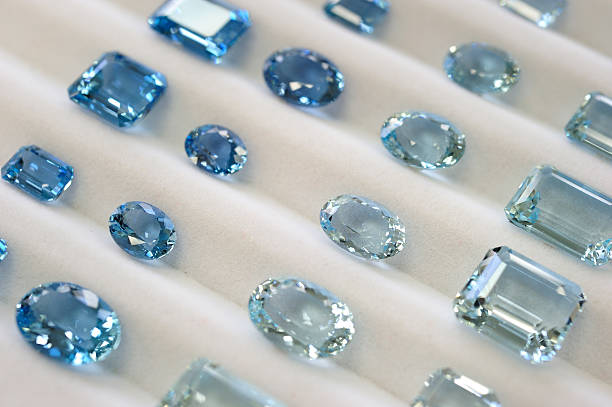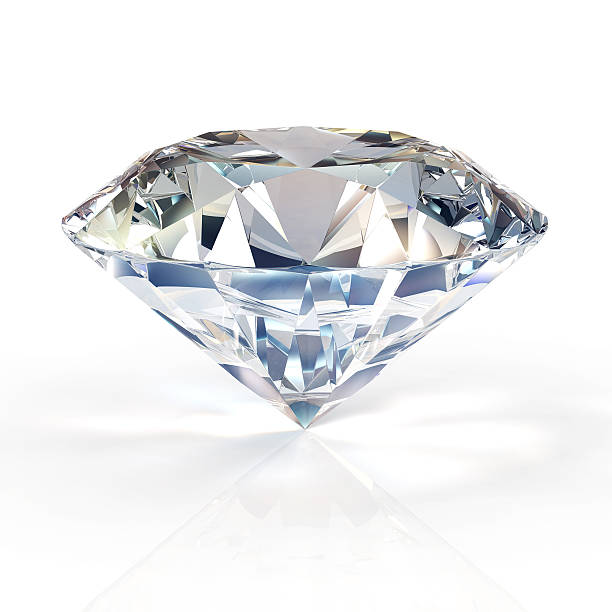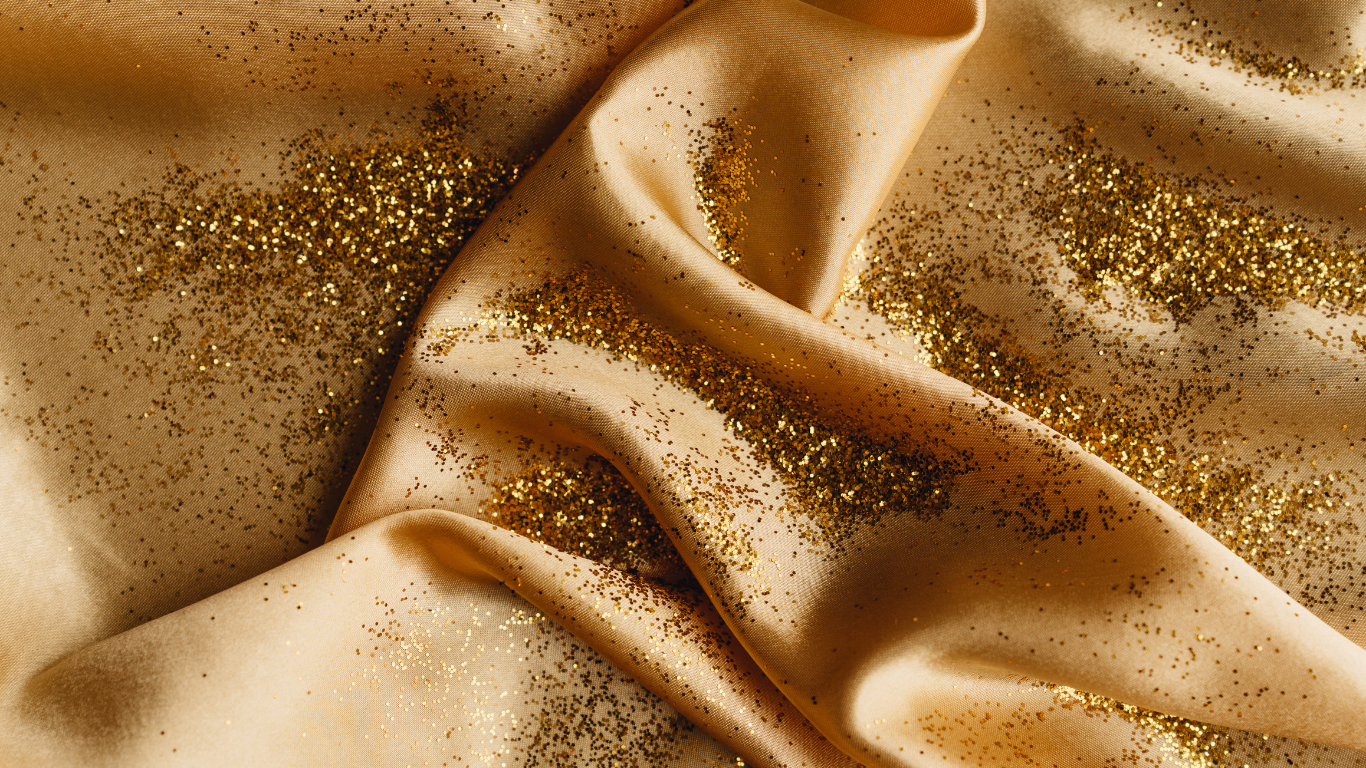Gold has been a symbol of wealth, beauty, and prestige for centuries. From ancient empires to modern fashion, its radiant glow remains timeless. But did you know that not all gold jewelry is the same? The karat (K) rating tells you everything about a piece—its purity, durability, and even its investment value. Whether you're looking for a bold statement piece or an everyday treasure, understanding the differences between 10K, 14K, 18K, and 24K gold helps you make the perfect choice.
Let’s dive into the world of gold and explore how different karats define both luxury and longevity.
What Do Gold Karats Mean?
Karat (K) is the measure of gold purity, with 24K being the purest form. Pure gold (24K) is too soft for everyday wear, so it’s often mixed with other metals like silver, copper, and zinc to enhance durability. The lower the karat, the more alloys it contains, making it stronger but less pure in gold content.
| Karat | Gold Purity | Features & Benefits |
|---|---|---|
| 10K Gold | 41.7% gold, 58.3% alloys | Most durable, scratch-resistant, budget-friendly |
| 14K Gold | 58.3% gold, 41.7% alloys | Ideal balance of purity, durability, and affordability |
| 18K Gold | 75% gold, 25% alloys | More luxurious, rich yellow hue, softer than 14K |
| 24K Gold | 99.9% pure gold | Deepest yellow color, highly malleable, investment-worthy |
10K Gold: The Everyday Powerhouse
If you need a ring, bracelet, or necklace that can withstand daily wear and tear, 10K gold is your best bet. It contains the lowest amount of gold, making it more affordable and highly durable. The slightly paler color compared to higher karats gives it a subtle, understated charm.
✅ Best for: Men’s jewelry, active lifestyles, budget-conscious buyers
❌ Not ideal for: Those who prefer a richer gold color

14K Gold: The Perfect Balance
The most popular gold standard for fine jewelry, 14K gold strikes the perfect balance between purity and durability. It has a richer color than 10K gold but remains strong enough for daily wear. Many engagement rings and wedding bands are crafted in 14K gold for this reason.
✅ Best for: Engagement rings, everyday fine jewelry, durability without compromising luxury
❌ Not ideal for: Those seeking the highest purity level

18K Gold: The Luxury Choice
When you want to turn heads with elegance, 18K gold delivers. It has a deep, warm yellow hue due to its higher gold content and is often used in high-end jewelry and designer pieces. Though it’s softer than 14K, its luxurious appeal makes it a favorite for special occasions.
✅ Best for: Luxury pieces, special events, heirloom jewelry
❌ Not ideal for: Rough daily wear

24K Gold: Pure, Prestigious, and Soft
The ultimate symbol of wealth, 24K gold is as pure as it gets. It boasts a rich, intense yellow color, but due to its softness, it’s rarely used for wearable jewelry. Instead, it’s favored for investment pieces, gold bars, and cultural jewelry.
✅ Best for: Investment, collectors, traditional gold jewelry
❌ Not ideal for: Daily wear, high-impact jewelry

Which Gold Karat Should You Choose?
Your choice depends on lifestyle, budget, and personal style. If you need something practical for daily wear, 10K or 14K gold is your best option. For occasional luxury, 18K gold is ideal. And if you're thinking of investment or cultural significance, 24K gold is the way to go.
Fun fact: Did you know moissanite looks stunning in all gold settings? Whether you prefer 10K’s durability, 14K’s balance, or 18K’s richness, Dazzle Dime® offers stunning, sustainable, and ethically crafted fine jewelry to match every style!
FAQs
1. Is higher karat gold always better?
Not necessarily! While higher karats mean more gold, they also make the jewelry softer. For everyday wear, 10K or 14K is more practical, while 18K and 24K are best for statement or investment pieces.
2. Does gold color change with karat?
Yes! The higher the gold content, the richer and deeper the yellow hue. Lower karats, like 10K and 14K, have a slightly paler tone due to alloy mixtures.
3. Can I wear 24K gold jewelry every day?
It’s not recommended. 24K gold is very soft, meaning it scratches and bends easily. If you want durability with a rich color, 18K gold is a great compromise.
4. Is 10K gold real gold?
Yes! 10K gold is legally considered real gold, even though it has a lower purity. It’s more affordable and durable, making it a great option for everyday jewelry.
5. What gold karat is best for sensitive skin?
Higher karat gold (14K, 18K, or 24K) is best since it contains fewer alloys. If you have sensitive skin, avoid 10K gold, as it has more mixed metals that might cause irritation.

Shine in Gold with Dazzle Dime®
At Dazzle Dime®, we believe in timeless elegance and sustainable luxury. Whether you prefer the strength of 10K, the versatility of 14K, or the prestige of 18K and beyond, we have the perfect gold jewelry for you.
✨ Ready to dazzle? Explore our gold collection today! ✨
